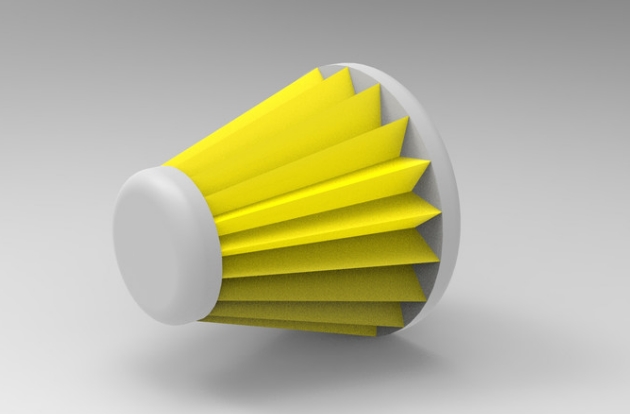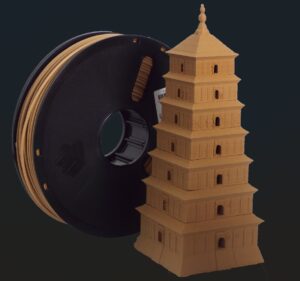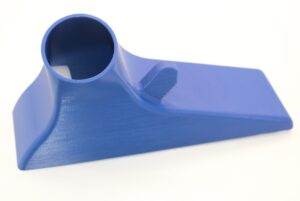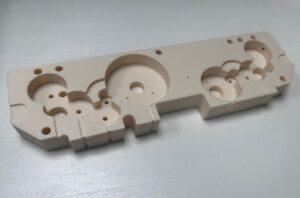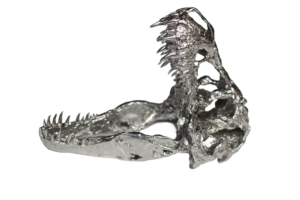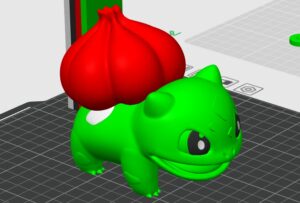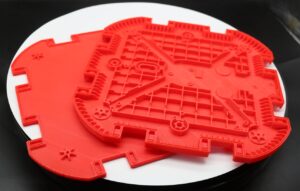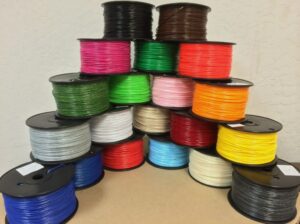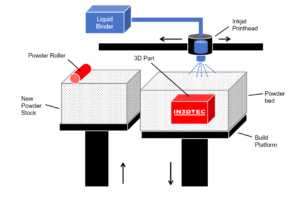Revolutionize Your 3D Modeling with AI-Driven Tools
In today’s digital landscape, the demand for high-quality 3D models has never been greater. Whether you’re an architect designing a new building, a product designer developing a innovative concept, or a game developer creating immersive virtual environments, the ability to generate 3D models efficiently and effectively is crucial. Fortunately, the rise of artificial intelligence (AI) has revolutionized the 3D modeling process, making it more accessible and streamlined than ever before.
The Limitations of Traditional 3D Modeling
Traditional 3D modeling often involves complex software, steep learning curves, and a significant investment of time and effort. Designers and artists must meticulously construct each model, vertex by vertex, in a time-consuming and labor-intensive process. This approach can be particularly challenging for those without extensive 3D modeling experience, creating a barrier to entry for many creatives and enthusiasts.
Harnessing the Power of AI for 3D Modeling
AI-powered 3D modeling tools leverage advanced machine learning algorithms to streamline and automate the model creation process. By training on vast datasets of existing 3D models, these AI systems can learn the underlying patterns and principles of 3D design, enabling them to generate new models with remarkable speed and accuracy.
Key Features of AI-Powered 3D Modeling Tools
Generative Modeling: AI-based tools can generate completely new 3D models from scratch, allowing users to explore a wide range of design possibilities and concepts.
Model Customization: Users can input specific parameters or constraints, and the AI system will generate models that align with those requirements, empowering rapid prototyping and iterative design.
Intelligent Editing: AI-powered 3D modeling tools can assist users in making precise adjustments and refinements to their models, identifying and correcting potential issues or imperfections.
Asset Management: Many AI-powered 3D modeling platforms offer comprehensive asset management solutions, enabling users to easily organize, search, and reuse 3D models and components.
Collaborative Workflows: By integrating AI-powered 3D modeling into cloud-based platforms, teams can collaborate seamlessly, with the AI system facilitating version control, design reviews, and real-time feedback.
Getting Started with AI-Powered 3D Modeling
Exploring the world of AI-powered 3D modeling is an exciting and accessible endeavor. Here are some steps to help you get started:
Explore AI-Powered 3D Modeling Tools:
- Autodesk Project Dreamcatcher: This AI-powered generative design tool from Autodesk allows users to input design goals and constraints, and the software will automatically generate 3D model concepts that meet those requirements.
- NVIDIA Omniverse:Nvidia’s Omniverse platform leverages AI and real-time ray tracing to enable collaborative 3D design and simulation. It offers features like AI-assisted modeling, asset management, and real-time rendering.
- Daz 3D AI-Powered Character Creation: Daz 3D provides AI-driven tools for creating highly customizable 3D characters. Users can generate, morph, and refine 3D character models using machine learning algorithms.
- Artec Studio with AI-Powered Features: Artec Studio, the software for Artec 3D scanners, incorporates AI-based tools for automated 3D model processing, including noise reduction, mesh optimization, and feature extraction.
- Adobe Substance 3D Collection:Adobe’s Substance product line utilizes AI and machine learning to streamline 3D asset creation, texturing, and material design workflows.
- Houdini with SideFX Labs AI Plugins: The visual effects software Houdini offers AI-powered plugins developed by SideFX Labs, enabling procedural modeling, animation, and simulations.
- Generative Design in Fusion 360: Autodesk’s Fusion 360 CAD/CAM software includes a generative design module that leverages AI to explore design alternatives and optimize 3D models based on specified criteria.
- Vectary:This online 3D modeling platform incorporates AI-powered features for automatic 3D model generation, optimization, and customization.
These are just a few examples of the AI-driven 3D modeling tools available to designers and creators. As the technology continues to evolve, we can expect to see even more advanced AI-assisted 3D modeling solutions emerge in the near future.Research and experiment with various AI-based 3D modeling platforms, such as Autodesk’s Project Dreamcatcher, Nvidia’s Omniverse, or Daz 3D’s AI-powered character creation tools.
Familiarize Yourself with the Workflow: Understand the typical AI-powered 3D modeling workflow, which often involves uploading reference images or datasets, setting design parameters, and iterating on the generated models.
Start with Simple Projects: Begin with relatively simple 3D modeling tasks, such as creating basic shapes or customizing pre-existing 3D assets, to get a feel for the AI-powered tools and their capabilities.
Explore Advanced Techniques: As you become more comfortable with the technology, dive into more complex 3D modeling scenarios, such as generating entire environments, characters, or product designs using AI-powered tools.
Engage with the Community: Connect with other designers, artists, and 3D modeling enthusiasts who are exploring AI-powered tools. Participate in online forums, workshops, or tutorials to learn from their experiences and gain new insights.
The Future of 3D Modeling with AI
The integration of AI into the 3D modeling workflow is a transformative development, with the potential to democratize the creation of high-quality 3D content. As the technology continues to evolve, we can expect to see even more intelligent, intuitive, and collaborative AI-powered 3D modeling tools that will empower a new generation of designers, artists, and creators.
Embrace the power of AI and unlock your 3D modeling potential. The future of 3D design is here, and the possibilities are endless.

